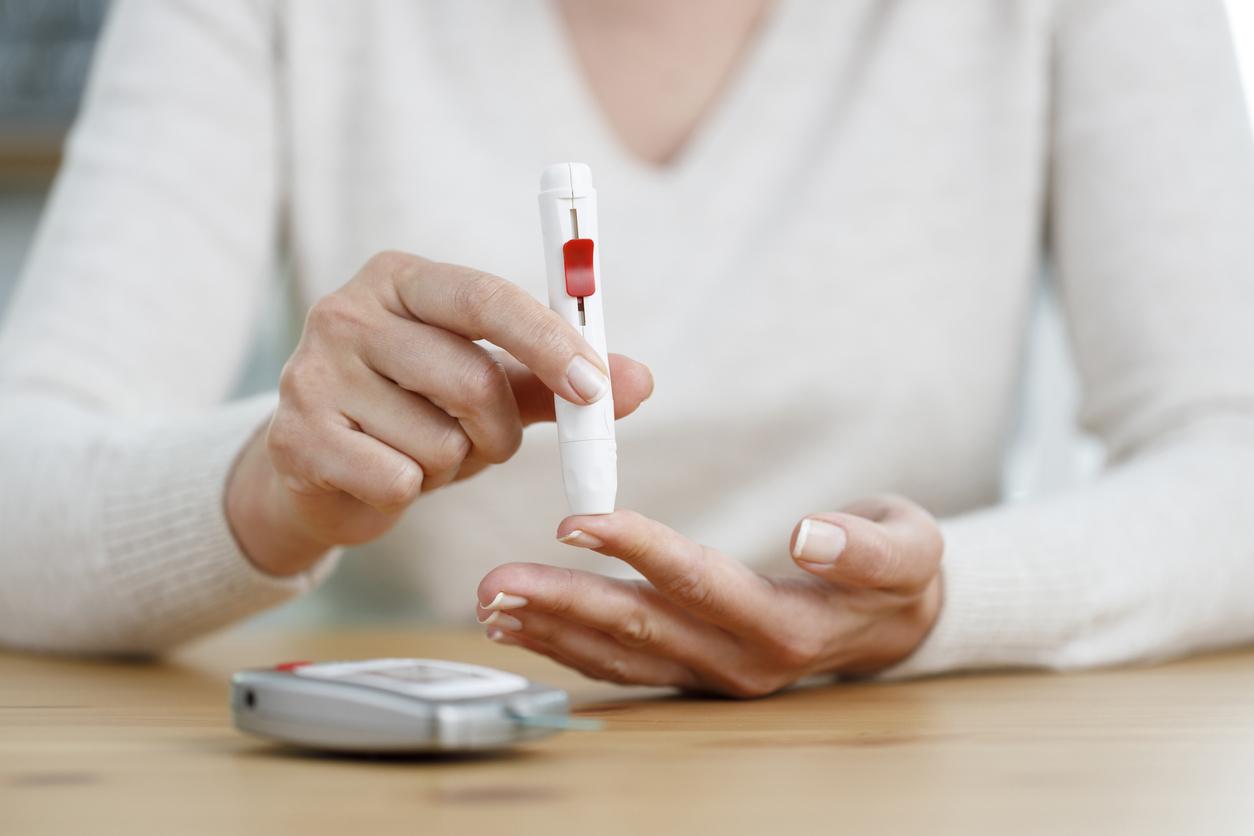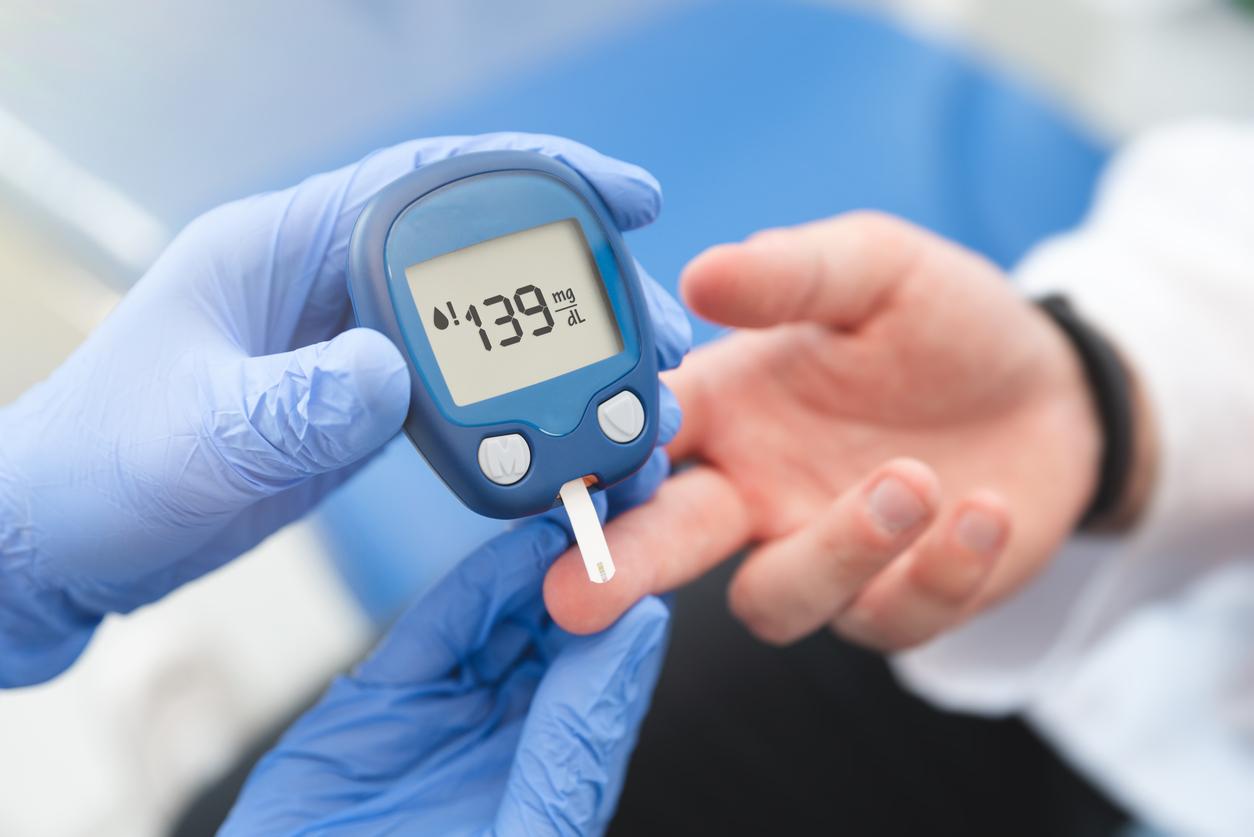Causes, treatments, management… Research is progressing in the field of diabetes. As part of a new series devoted to this disease, Why doctor collected the words of Professor Nicolas Chevalier, endocrinologist and metabolism doctor at the University Hospital of Nice, who points to associations between diabetes and endocrine disruptors.

- More than 90,000 chemical compounds are commonly used, mainly from industrial production (solvents, plastics (bisphenol A [BPA]), plasticizers, pesticides, fungicides, pharmacological agents, etc.).
- To these synthetic products are added natural substances found in food (phyto-oestrogens, isoflavonoids, lignans contained in soya, alfalfa, flax, etc.).
“Environmental endocrine disruptors, in particular bisphenol A, must now be considered as risk factors in their own right for insulin resistance”, says Professor Nicolas Chevalier, endocrinologist and metabolism doctor at the Nice University Hospital. “Their participation in the epidemic of obesity and type 2 diabetes no longer seems to be in doubt”, he added at the last congress of the Francophone Society of Diabetes.
Environmental factors play a role in type 2 diabetes
Many researchers have established connections between exposure to chemicals and abnormalities in animals and humans. This is the case with endocrine disruptors. Widespread in our daily environment, they concern any chemical substance of natural or artificial origin, foreign to the body, capable of interfering with the functioning of the endocrine system and of inducing deleterious effects on the individual and/or his or her descent.
Several observations have shown a link between the onset of type 2 diabetes and accidental exposure to one or more pollutants. “Currently, many arguments, whether experimental or epidemiological, tend to confirm that environmental factors play a role in the genesis of insulin resistance and a defect in insulin secretion (the physiopathological mechanisms of Type 2 diabetes)”judge Nicolas Chevalier.
Bisphenol A implicated
The first links confirming the role of bisphenol A in the onset of diabetes are provided by the American epidemiological study NHANES (National Health and Nutrition Examination Survey). “It is thus shown that most participants have detectable levels of different chemicals and, in particular, of bisphenol A, with a strong association between self-reported diabetes and exposure to bisphenol A”, details Nicolas Chevalier. This study further underlined that any increase in the concentration of bisphenol A is associated with an increased risk of diabetes. Similarly, analysis of the NHS (Nurse Health Study) study and its follow-up revealed a positive correlation between urinary concentrations of bisphenol A and the onset of type 2 diabetes. This relationship has been demonstrated only in the youngest women, before menopause.
These data concerning the metabolic effects of bisphenol A have also been confirmed for obesity (a risk factor for diabetes, editor’s note). It is therefore estimated that exposure to bisphenol A is responsible for 42,000 cases of childhood obesity each year in Europe, with an estimated annual health cost of 1.5 million euros.
Animal studies have also provided relevant information on the role of bisphenol A at the level of the metabolism, in particular carbohydrate. Finally, if we consider the effects of prenatal exposure to bisphenol A in rodents, the data are relatively convergent for the occurrence of obesity in adulthood. “In contrast, they are more controversial for type 2 diabetes, probably due to multifactorial determinism,” concludes Nicolas Chevalier.
.

















